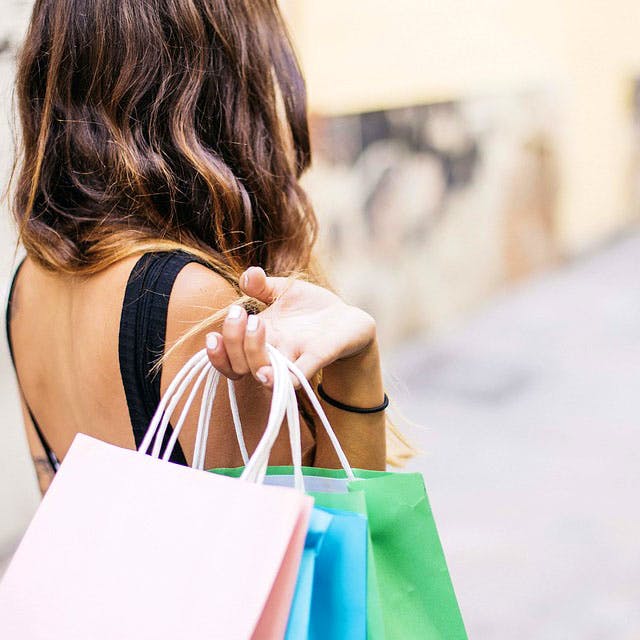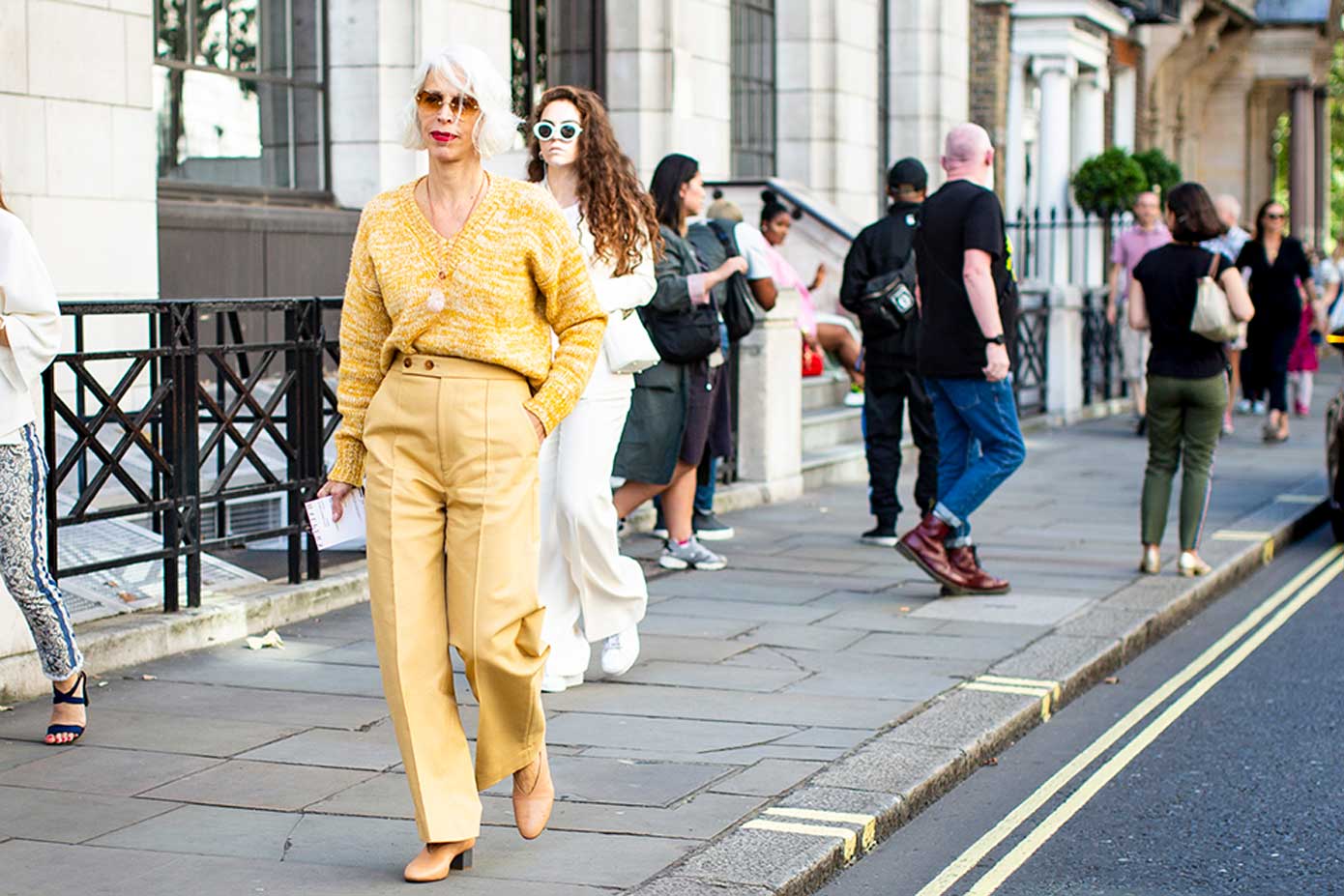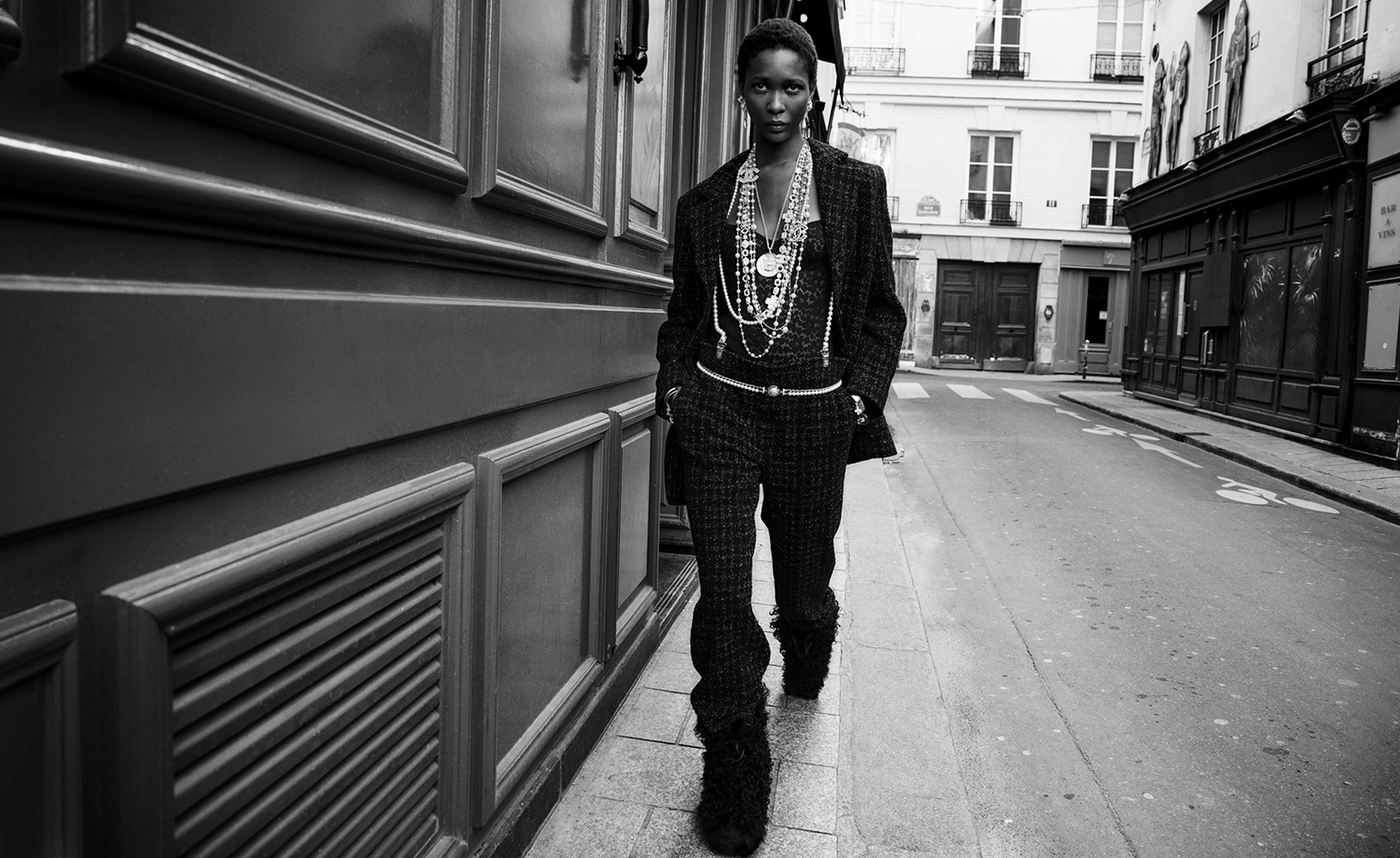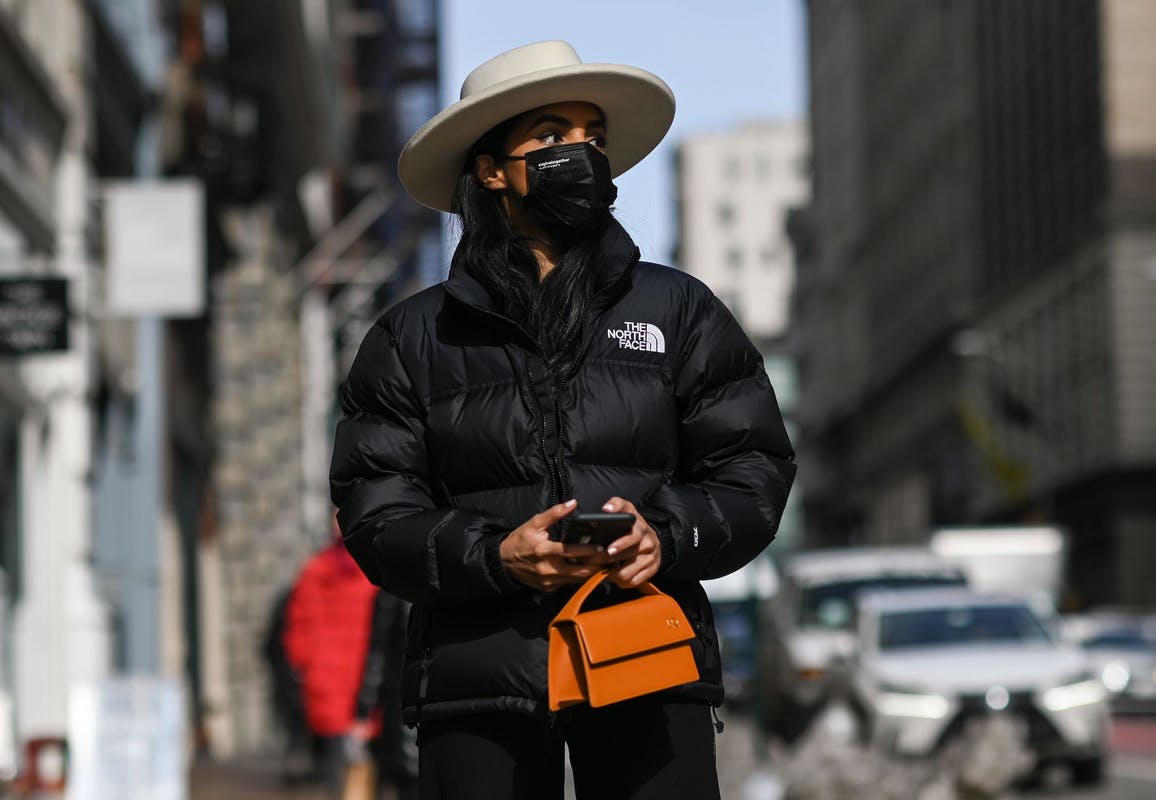In the before times, going-out clothes for Grazia Rutherford-Swan, a 25-year-old in Brooklyn, meant a fun high and cute shoes. Now a style vision board she made along with her friends to plan for post-vaccine life options: a pink cowgirl hat, trimmed with shimmering fur. A string bikini high, the dimensions of two clementines strung along with floss.
Light-wash grandma jeans.
Sunglasses with flame-shaped lenses. Like many people, Rutherford-Swan’s life now might be unrecognizable compared with before the pandemic. She left a corporate job. She celebrated a birthday with out her pals. She even received bangs. She always liked taking style dangers. But now, after 15 months of tiptoeing round sickness and demise, no aesthetic feels off limits. Once you could have lived via a pandemic, what’s there to concern from a pair of hand-painted bubblegum-pink leather-based platform boots? “Before, I would have been like, ‘I have no cause to wear that,’” she says. “And now I feel like, ‘Why wouldn’t I wear that?’

For a year, there have been no prom attire, few Oscar gowns, no Met Gala. In closets all over the world, sequins and silks patiently awaited the decision of obligation. Heels and boots stayed well preserved, spared the influence of chewed gum and sticky dance flooring, the danger of getting caught between cobblestones. The Gen Z–versus-millennial skinny-jeans debate was, ultimately, an train in magical thinking—jeans were the provenance of the few, the proud, the deranged. Now vaccines are becoming more extensively obtainable, and public health consultants and the CDC have given the go-ahead for vaccinated folks to cease social distancing. Life—seeing and being seen, touching and being touched—is about to return in some type. Anyone who has ever claimed,

“I don’t dress for other people; I costume for myself,”
has had to take a tough look within the mirror this yr. With severely reduced human contact, most of us have drastically shifted the way we dress. The New York Times reported that in April 2020 clothing gross sales dropped 79% in the United States, a historic report. Sweatpants sales, in the meantime, rose 80%. Shoe gross sales cratered, but slipper gross sales soared. This doesn’t indicate trend is pure self-importance;

it’s just that we’re social creatures—we use our appearances to clarify ourselves to different people. In a 12 months of not being looked at, we haven’t felt the stress to visually conform, but we additionally haven’t had a lot house to make visual statements about who we are. Shamelessness. Fantasy. Fun. Personal expression, even on the expense of consolation. These are the themes that begin to emerge because the world stands up and dusts the crumbs off its sweatpants. “We are desperate to specific ourselves,” says Emily Gordon-Smith, product director at Stylus, a trend analysis company. “Designers are already exploring escapism and hedonism as themes in anticipation of post-pandemic partying.”
For girls, especially, style has shifted.

It’s not in regards to the binary of “dressing for myself” versus “dressing for others.” Women, says Gordon-Smith, are “dressing for pleasure.” “This concept of trend as being a way to categorical who you’re has been, for lots of people, on the back burner,” says Larkin Brown, the pinnacle of core analysis at Pinterest. As Pinterest users start to plan their upcoming appears, Brown is watching athleisure segue into elegance—silks instead of cottons, flowing pants as a substitute of sweats, housedresses and jumpsuits instead of wrapping yourself in a weighted blanket and using your laptop computer as a space hotter. “Cocooning is the new layering,” she says. “It’s this outsized, cozy aesthetic.” Style specialists are clear: Coziness isn’t going anyplace. More probably, a continued value for consolation will be interspersed with moments of whole wildness. “The history books are additionally being plundered as we escape in looks inspired by a bygone world of saucy corsets, dramatic sleeves, and over-the-top jewelry,” says Gordon-Smith. She anticipates “full-on retro rave and psychedelic looks to dominate at next year’s festivals.” On Pinterest, searches for “emo princess” are up 152 instances over last 12 months, “fairycore aesthetic,” up 66 instances, and “light academia” (an aesthetic that basically allows the wearer to look like each a professor and a schoolgirl), up 236 occasions. Heuritech, another fashion-trend-forecasting firm, predicts the continued rise of the following this summer time: crochet and mesh fabrics, cropped knits, deep-V tops, halters, crop tops, and strappy sandals. Basically, all issues small, see-through, and somewhat bit throwback. Is it that surprising that surviving a public well being disaster makes individuals wish to revel in their body? “Of course I wear a masks, I’m pleased to, but it’s very constricting,” says Rutherford-Swan. “I think now I want every thing I wear to feel like I’m not carrying something.” Linda Gonzales, a 21-year-old in Anchorage, Alaska, agrees—she’s been buying extra “scandalous” clothing to wear after social media necessities carry. “I’m young and I deserve to point out off each time I need,” she says. “This body deserves to be seen!” Gordon-Smith says that designers are rising to fulfill this challenge: “Sexual self-expression is a massively essential theme amongst younger designers in the intervening time who are exploring nearly fetish-like materials, bondage-style wrapping, and super-revealing styles.” Harper Yi, a 27-year-old in the D.C. space, misses being seen. She misses telling other individuals their outfits are cute and hearing the identical, and longs to trade the “Where did you get that?” query with strangers.

But in the course of the pandemic “it’s been, like, pajamas 24/7.” She’s been taking serious precautions, especially as a end result of she’s been serving to to care for immunocompromised grandparents. The main variation in her style has been the life-and-death decision between sweatpants and yoga pants. Recently, Yi says, she purchased what she estimates is $1,600 worth of clothes for $150. She scoured secondhand shops online, and shopped firms liquidating their stock after a hard yr. She went all out, as a result of, why not? After surviving a pandemic, why take heed to your judgmental inner voice that says, “Aren’t you a little overdressed?” “After the pandemic everyone should simply do no matter they want, as a outcome of it is really wonderful to proceed to be alive after a tragedy like this,” she says. “Joy is in short supply. As a tradition, we’re into luxurious and hedonism in a capitalistic way, but we constantly find ourselves justifying joy—‘You’re not allowed to nap until you do this! You don’t deserve to look at Netflix till you do that!’ We continuously inform ourselves that we have to earn issues, however I don’t wish to need to hold explaining myself so I can get pleasure from life.” Dressing up is Aysha Sow’s job, not just her interest—she’s an influencer. But as different influencers justified tropical vacations and bragged about partying, Sow stayed mostly in her tiny New York apartment—she hasn’t seen her household, who reside in Europe, since 2019. “Pretty much all I did was simply create content material in my place, after which take the garments off and put them back in my closet,” she says with amusing. For a very long time she would look at her favourite pieces and promise herself, “I’ll put on that after quarantine.” But her angle has changed. “How ’bout I simply wear it now?” Like Rutherford-Swan, Yi, and Gonzales, she isn’t excited about clinging to convention anymore. “I think being in this pandemic for a year now, it makes you wish to stay as loud as you possibly can,” she says. “I think for me, dwelling loud translates into the way I costume. And after this pandemic I need to put on all the intense colours. I wish to put on all the outfits that get all the eye. Usually, I would never wear heels on an everyday day. Now I want to put on heels that look completely gorgeous and have people asking, ‘Where did you get these shoes?!’” Women face a hopeless task after we type ourselves to exit on the earth. We’re imagined to look sexual but not slutty, beautiful but not attention-seeking, female but not too girly. When we gown up, we constantly face questions—even from ourselves—about who it is we’re making an attempt to impress. After taking over a year off from dressing up, these issues just don’t really feel as important. We’re ready to dress to be seen, which is distinct from dressing to fulfill expectations. We’ll see lusciously tactile fabrics and riotous colors and plunging necklines—clothing that celebrates life. We’ve kept our bodies protected; now we’re going to take them to a party.

